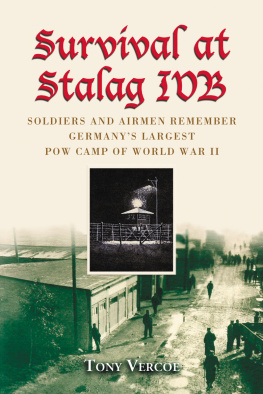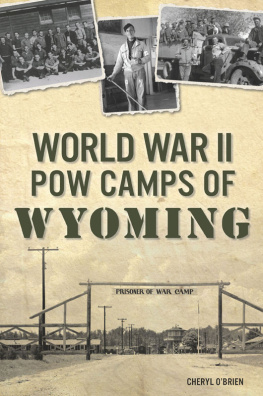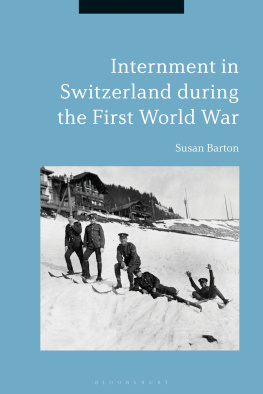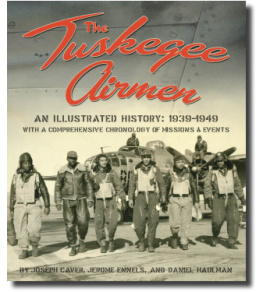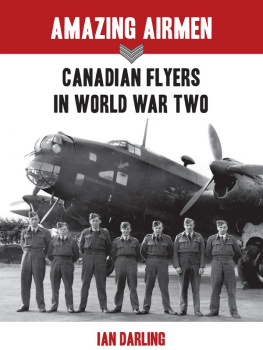Daniel Culler - Prisoner of the Swiss: A World War II Airmans Story
Here you can read online Daniel Culler - Prisoner of the Swiss: A World War II Airmans Story full text of the book (entire story) in english for free. Download pdf and epub, get meaning, cover and reviews about this ebook. year: 2017, publisher: Casemate, genre: Non-fiction. Description of the work, (preface) as well as reviews are available. Best literature library LitArk.com created for fans of good reading and offers a wide selection of genres:
Romance novel
Science fiction
Adventure
Detective
Science
History
Home and family
Prose
Art
Politics
Computer
Non-fiction
Religion
Business
Children
Humor
Choose a favorite category and find really read worthwhile books. Enjoy immersion in the world of imagination, feel the emotions of the characters or learn something new for yourself, make an fascinating discovery.

- Book:Prisoner of the Swiss: A World War II Airmans Story
- Author:
- Publisher:Casemate
- Genre:
- Year:2017
- Rating:4 / 5
- Favourites:Add to favourites
- Your mark:
Prisoner of the Swiss: A World War II Airmans Story: summary, description and annotation
We offer to read an annotation, description, summary or preface (depends on what the author of the book "Prisoner of the Swiss: A World War II Airmans Story" wrote himself). If you haven't found the necessary information about the book — write in the comments, we will try to find it.
To this hellhole came Dan Culler, the author of this incredible account of suffering and survival. Not only did the prisoners sleep on lice-infested straw, were malnourished and had virtually no hygiene facilities or access to medical care but worse, the commandant of Wauwilermoos was a diehard Swiss Nazi. He allowed the mainly criminal occupants of the camp to torture and rape Dan Culler with impunity. After many months of such treatment, starving and ravaged by disease, he was finally aided by a British officer.
Betrayal dominated his cruel fate - by the American authorities, by the Swiss, and in a last twist in a second planned escape that turned out to be a trap. But Dan Cullers courage and determination kept him alive. Finally making it back home, he found he had been abandoned again. Political expediency meant there was no such place as Wauwilermoos. He has never been there, so he has never been a POW and didnt qualify for any POW benefits or medical or mental treatment for his many physical and emotional wounds. His struggle to make his peace with his past forms the final part of the story.
Rob Morriss introduction and notes provide historical background and context, including recent efforts to recognize the suffering of those incarcerated in Switzerland and afford them full POW status.
Table of Contents
Foreword: The Historical and Legal Origins id Swiss Neutrality
Final Notes on Swiss Neutrality
Editors Note to the 2017 Revised Edition
Part I: The Black Hole of Wauwilermoos
1. Beginnings
2, Combat
3. Missions
4. Shot Down and Internment Camp
5. Interned at Adelboden
6. The First Escape
7. Entering the Gates of Hell
8. The Depths of Despair
9. Hospital
10. The Second Escape
11. Out of the Depths
12. The Return to England
13. Interrogation in London
14. Home Again
15. Endings
16. The Black Hole of Wauwilermoos Returns
17. Appendix to the Original 1995 Edition of The Black Hole of Wauwilermoos
Part II: Aftermath
18. Moving On
19. Andre Beguin and General Barnwell Rhett Legge
20. Recognition at Last
Selected Bibliography and Sources
Daniel Culler: author's other books
Who wrote Prisoner of the Swiss: A World War II Airmans Story? Find out the surname, the name of the author of the book and a list of all author's works by series.

